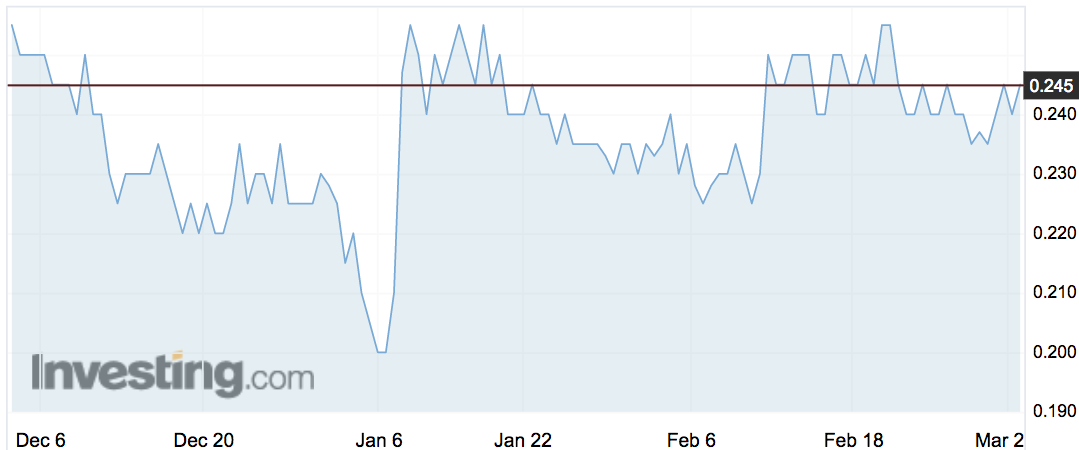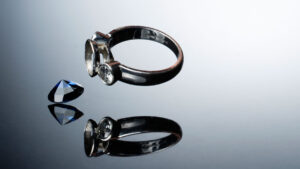Lucapa has so far sold $13.5 million of diamonds this year

Pic: John W Banagan / Stone via Getty Images
Lucapa Diamonds have netted $2.1 million in their latest sale, taking the total proceeds for the year to $13.5 million.
This month’s sale of 2072 carats from its Lulo Diamond Project in Angola represented an average price per carat of $1035.
The largest diamond in the sale weighed 44 carats, and the most unique was a vivid pink diamond of 1.9 carats. That was still shy of its monster 163-carat rock sold for $44 million at the end of last year.
The shares (ASX:LOM) closed up 2 per cent at 24.5c on Friday, on the low end of its 20c to 40.5c range over the past year.

So far, the Lulo project has produced ten 100-carat diamonds and has the highest dollar-per-carat alluvial diamond production in the world, Lucapa says.
Lucapa and its Lulo partners are searching for the primary kimberlite source of these gems, with three drill rigs now operating in exploration program.
That mine has been the company’s main focus so far, but first diamonds from its secondary Mothae kimerlite mine in Lesotho were reported last month – the largest of which was 6.6 carats in a test run.
- Bookmark this link for small cap breaking news
- Discuss small cap news in our Facebook group
- Follow us on Facebook or Twitter
- Subscribe to our daily newsletter
The Mothae kimberlite pipe is a high-quality diamond resource located within 5km of Letšeng, the highest dollar per carat kimberlite diamond mine in the world
Construction of a processing plant at the site, including an XRT large-diamond recovery circuit remains on schedule for full commissioning and commercial production in th second half of the year.
That’s not to mention its two other diamond projects – one in the West Kimberly province in WA and in Botswana’s Orapa diamond field.
Diamond prices ‘roughly stable’
Polished diamond prices continued a downward trend in 2016-17, “reflecting soft consumer demand for diamond jewellery across key markets”, according to Bain & Company’s annual diamond report released last month.
Global sales of diamond jewellery were “roughly stable”, held back by flat sales in the US — the world’s biggest market.
The outlook was “stable across the different segments of the value chain”, but the industry faced “three key, persistent challenges” according to Bain:
- Soft demand for diamond jewellery driven by competition from other luxury goods and experiences
- A “mounting risk” that lab-grown diamonds will legally or illegally erode the market share of natural diamonds
- The financial stability of diamond players amid price volatility.
UNLOCK INSIGHTS
Discover the untold stories of emerging ASX stocks.
Daily news and expert analysis, it's free to subscribe.
By proceeding, you confirm you understand that we handle personal information in accordance with our Privacy Policy.








